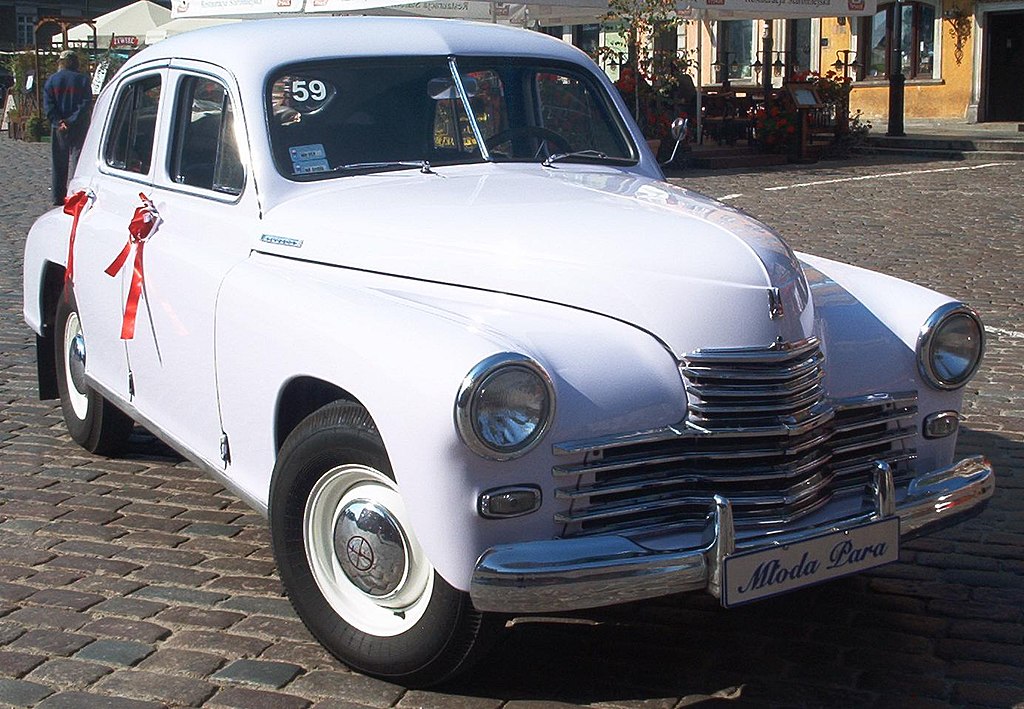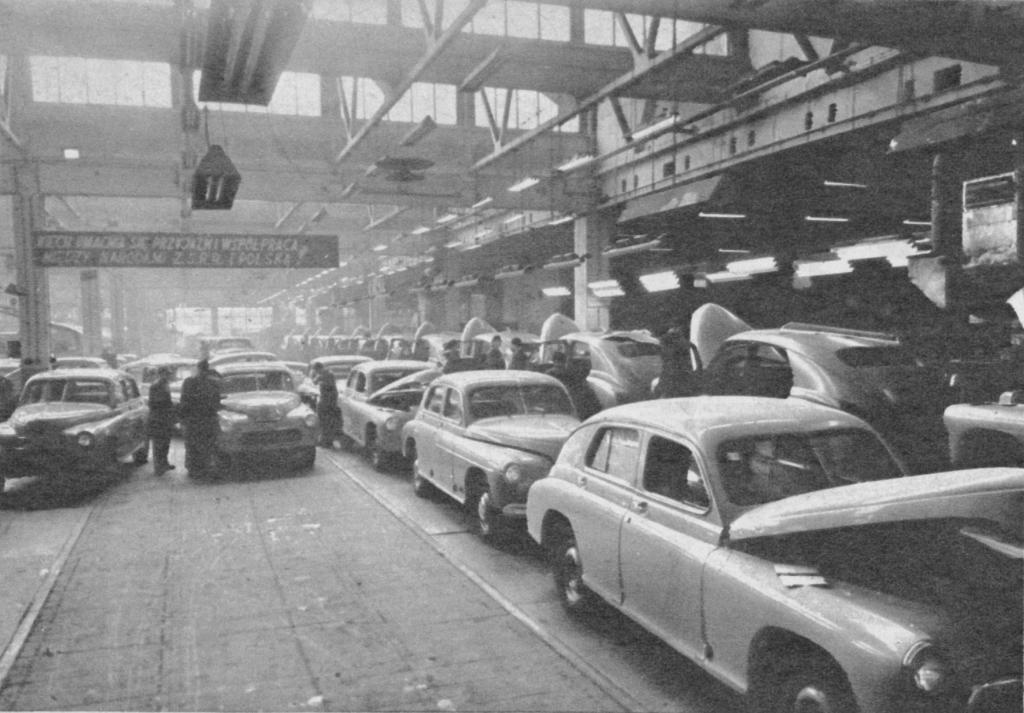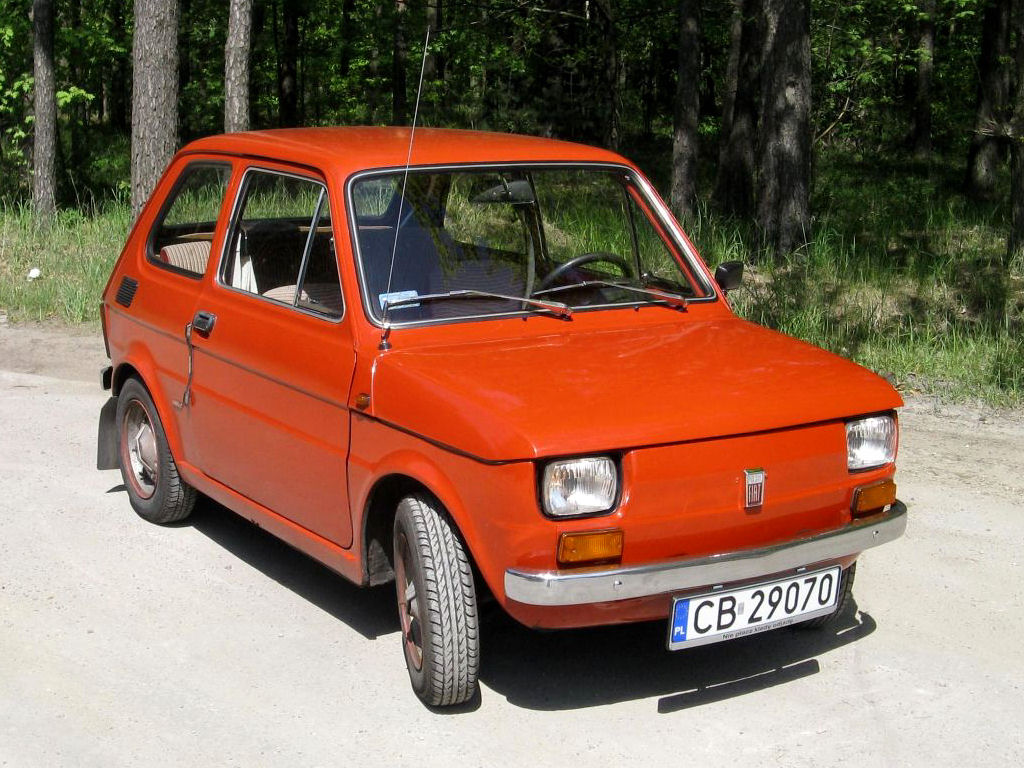
Today, automobile manufacturing makes up a whopping 11 percent of Poland’s industrial production, an industry that can be traced back to 1893 in the the nation. That first company, Ursus, remains headquartered in Poland today and is well regarded for its modern tractors and other agricultural equipment. Car making began to take off once Poland regained its independence following World War I when its government took a stab at the auto industry with the establishment of Centralne Warsztaty Samochodowe. Privately owned automakers existed at this time too, but production numbers remained relatively low in the interwar period. That would change following the end of World War II, which began in 1939 with the German invasion of Poland. For it was on this day in 1951 the first Fabryka Samochodów Osobowych (English: Passenger Car Factory) FSO Warszawa rolled off the line.

The Fabryka Samochodów Osobowych (FSO) Warszawa, named for Warsaw, Poland, is regarded as the first mass produced post war Polish car. Its design was licensed from the Soviet built GAZ–M20 Pobeda. Available as a sedan, fastback, truck or estate car, the Warszawa was a versatile vehicle that helped mobilize Poland. It would remain identical to the GAZ until 1957 before receiving in house styling and engineering updates, as it would until production of the FSO Warszawa ended in 1973. During those 22 years FSO built 254,471 examples.
Modern Polish auto industry
Following WWII, many well known vehicles came from Poland. They included the FSO Syrena, Polski Fiat/FSO 125p, FSO Polonez and the FSM Polski Fiat 126p. The 126p, a joint venture by Italian Fiat and Polish Fabryka Samochodów Małolitrażowych (FSM) (English: Small-Displacement Car Factory) made a large impact on the market during its run in the 1980s thanks to its low price. Its small size earned it the nickname maluch, meaning “small child” or “the small one” in Polish. The name became so popular the manufacturer eventually accepted it as the official name in the 1990s.

Auto production rose considerably following the fall of communism. In 1999 some 650,000 vehicles left Polish assembly lines, marking a new record for automaking in the country. Once Poland joined the European Union in 2004, it almost tripled production by the end of the 2009, but has since fallen to some degree. As of 2022, automobile manufacturing in Poland makes up 11 percent of the country’s industrial production. Recently, cars such as the Opel Astra III and IV, the Fiat Panda and the Fiat 500, the Lancia Ypsilon, the Chevrolet Aveo and the Ford Ka have been built in Poland. Today, FSO is primarily an auto parts and automotive sub assembly producer, having built its last car in 2011.


















